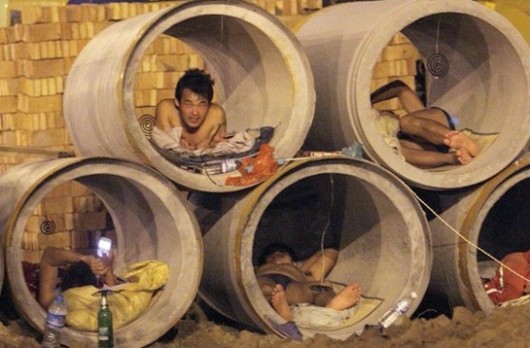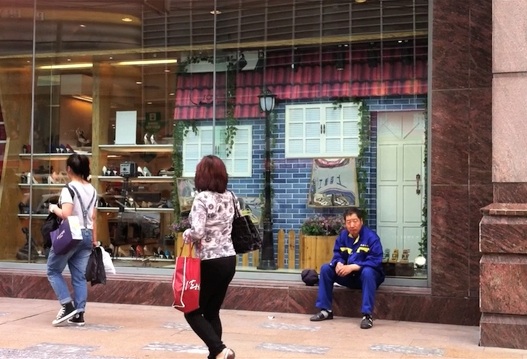Sindicator is monthly webseries on China econ and finance, written, produced, and directed by Danielle Sumita. The previous episode was about Xi Jinping’s austerity measures.
In 2020, almost one of every 10 people in the world will live in a Chinese city. Every year from now, an estimated 18 million Chinese will move to urban areas. That’s like taking the population of Tokyo and adding it to the nation’s urban centers every year.
“China’s Apartheid”
A hùkǒu (户口) contains key information on every Chinese citizen, including where each person was born. This household registration system, called hùjí (汇集), dates back 2,000 years and has always been riddled with problems, but in recent years it’s come to be called “China’s Apartheid.”
This internal passport is used as way for the government to direct urbanization trends and allocate social spending. Attached to the hukou are benefits including free education privileges, health care, and a pension. Urban hukous are most sought after, since social services in rural areas are kind of a joke. The disparity in these government services has created a serious divide in access among Chinese citizens. Poor migrants get almost nothing, since they can’t take advantage of government services in their place of residence or travel home to access hukou benefits. This has created a tier of second-class citizens, feeding the apartheid between the “hukou haves” and “hukou have-nots.”
Loopholes
If not born as hukou fortunate, there are a few ways to get your papers changed. One is by marriage. Marriage is a BUSINESS in China, and the hukou factors in heavy for a couple’s “chemistry.” Becoming a social science, the transactions of marriage and divorce are being used to navigate hukou restrictions, like those on buying property. For example, in cities like Beijing, those without a Beijing hukou can’t buy homes. So the “hukou haves,” dubbed hūntuō (婚托), or marriage trustees, are getting married and divorced to non-Beijing hukou holders, sometimes several times in a year.
Another loophole is through university, since higher education adds points for one’s application in changing a hukou. Unfortunately, acceptance rates are particularly skewed against rural hukou holders, since city universities take in a higher percentage of their own urbanites. And before uni, migrants need to pay exorbitant fees for private schooling, adding to the difficulties migrant families face.
For those with the means, a black market hukou can be procured for about 150,000 RMB. So. There’s always that.
For the unfortunate souls that don’t meet any of those requirements, life is rough. Rural migrant workers, or nóngmín gōng (农民工), are estimated to make up almost 20 percent of the country’s population. They often live in temporary housing on construction sites, underground, or wherever they can find shelter.

The reformation, powering consumption
By 2020, 100 million Chinese citizens will be awarded urban hukous.
Every city with more than 200,000 residents will be covered by standard railways. The civil aviation network will cover about 90 percent of the population. Urban construction, both residential and commercial, will boom. And it will be funded by transparent, responsible financing, using municipal bonds issued and managed by the cities themselves.
People-centered, sustainable development is some of the rhetoric of the CPC’s New-Type Urbanization plan. Dressed up in fancy language or not, hukou reforms are part of a larger campaign to increase domestic demand. To avoid placing more stress on the major urban hubs, the government is guiding urban migration trends away from megacities like Beijing and Shanghai toward city clusters in central, western and northeastern China. Those cities will be engines of growth and, of course, consumption.
And to be sure, this will still all be thanks the very affordable labor of: our migrant friends!

Further reading:
Infographics make learning fun (China File)
A documentary about where migrants end up living in big cities (Vice)
Animated film depicting two migrant youths in Beijing (Youku)
Interactive map about China’s urban trends (McKinsey)

















































